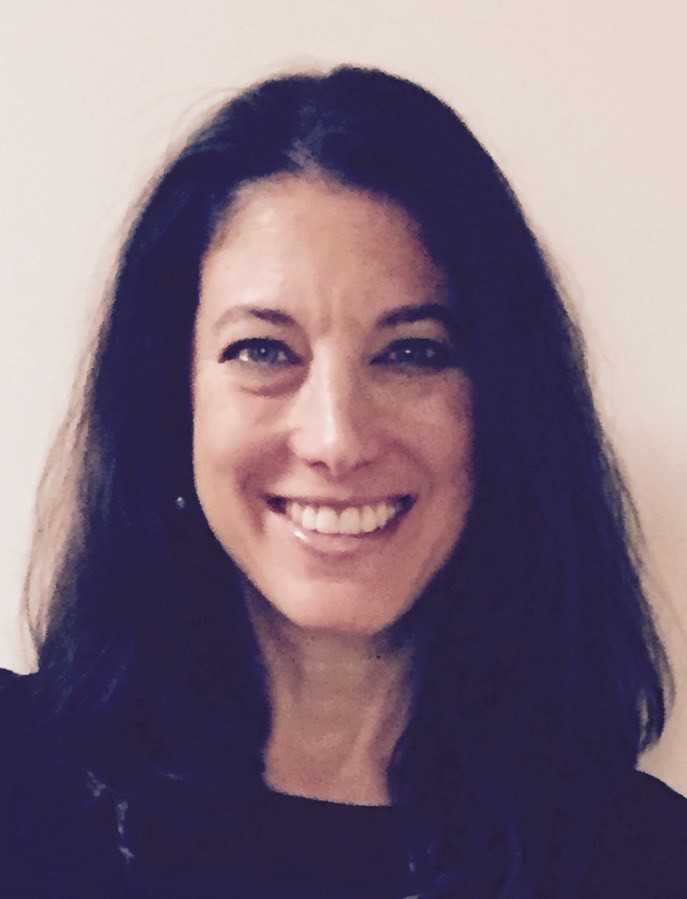
Article
Why All Health Care Providers Need to Be Age-Friendly
Older adults will outnumber children by 2034 and yet the U.S. health care system is not focused on older patient's very specific needs
As the COVID-19 pandemic took the world by storm in 2020, we gained a new appreciation for healthcare providers. Lawn signs thanking “healthcare heroes” canvassed communities. Billboards and commercials cheered on the tireless efforts of healthcare workers.
While well-intentioned, these messages of gratitude do little to address a growing problem – provider burnout.
According to the Agency for Healthcare Research and Quality (ARHQ), burnout is a long-term stress reaction marked by emotional exhaustion, depersonalization, and a lack of sense of personal accomplishment.

Feeling the Burn
According to a 2018 survey by the Physicians Foundation, providers work an average of 51 hours a week and see 20 patients a day. They spend almost a quarter of their time completing nonclinical paperwork. On top of career demands, providers have families and personal lives to attend to. Hobbies, relationships and time to decompress get pushed to the bottom of an ever-growing to-do list.
One ARHQ study found that more than half of primary care physicians report feeling stressed because of time pressures and other work conditions. Burnout impacts not only the provider, but the level of patient care and satisfaction as well. Nearly a third of providers surveyed felt they needed at least 50 percent more time than was allotted for patient care.
Many providers enter the field of medicine to help people, but with an overwhelming patient roster and demands to navigate the paperwork of a complex healthcare system, it’s no wonder they feel burnt out.
A New Path Forward
Landmark was created to bring health care into the homes of chronically ill patients when and where they need it. However, Landmark was also created to bring back the connection in providing medicine. In this video, Landmark Chief Medical Officer and co-founder Dr. Michael Le, MD says, “Most people did not go into healthcare to see patients in 15-minute intervals.”
Landmark co-founders saw the need for providers to feel fulfilled in their careers again. The constant rotating door of patients and demanding hours left providers feeing depleted. At Landmark, providers see an average of five patients per day.
How is the Landmark way possible? Landmark is not a fee-for-service practice. Landmark profits from successful patient outcomes and high levels of patient satisfaction.
The Landmark Difference
Complex patients require devoted time and individualized attention from providers. Dr. Le says, “At Landmark we provide 50 to 60-minutes for our visits so that you can address all of the complex issues that the patients have. You can focus on health literacy and education so that patients understand their illness.”
A benefit for both patients and providers, are the Landmark multidisciplinary care teams. Patients have access to a team of physicians, advanced practice providers, social workers, behavioral health specialists, pharmacists, care coordinators and dietitians. This clinical team works in the field together to provide the best care for patients and support to one another.
Small patient panels, focusing on preventive care and education, and the support and collaboration of a clinical care team make the Landmark difference. Landmark patients gain the benefits of an engaged and satisfied team. Eligible Landmark patients saw a 20% reduction in hospital admissions, ER visits and skilled nursing facility stays, and a 26% reduction in mortality rate within 12 months.
If you are feeling burnout in your healthcare career, look at open opportunities at Landmark. We’re hiring.
Sources
https://www.physicianleaders.org/news/how-many-patients-can-primary-care-physician-treat
https://www.ahrq.gov/prevention/clinician/ahrq-works/burnout/index.html

Older adults will outnumber children by 2034 and yet the U.S. health care system is not focused on older patient's very specific needs

Landmark providers specialize in home evaluations and modifications and can help adapt the home setting to meet patients’ needs.

Dr. Jill Schwartz-Chevlin discusses the importance of Advance Care Planning.